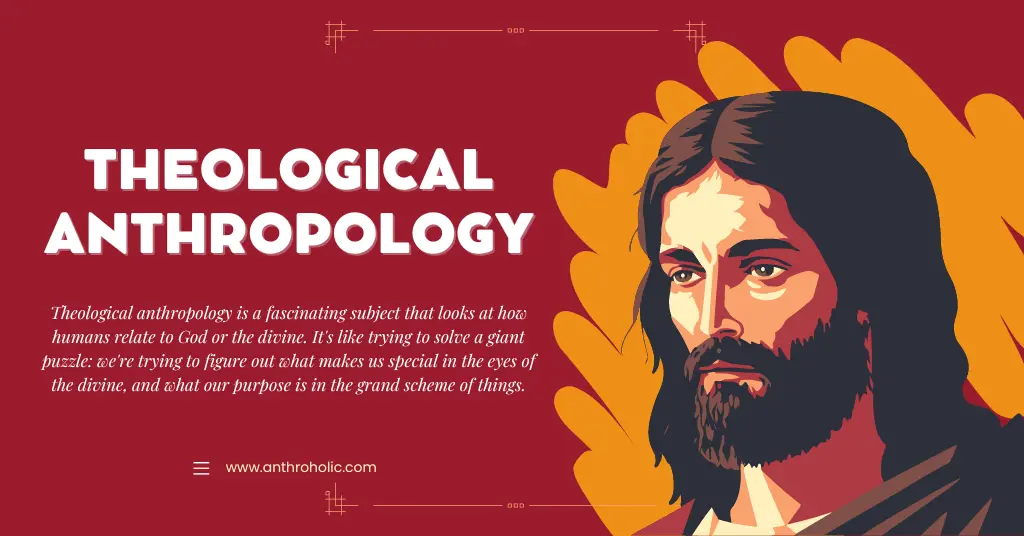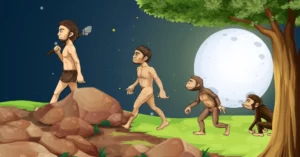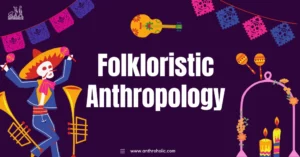AI Answer Evaluation Platform Live Now. Try Free Answer Evaluation Now
Theological Anthropology
Theological anthropology is a fascinating subject that looks at how humans relate to God or the divine. It’s like trying to solve a giant puzzle: we’re trying to figure out what makes us special in the eyes of the divine, and what our purpose is in the grand scheme of things.

Made in the Image of God
The first concept we’ll explore in theological anthropology is the idea that humans are created in the “image of God.” This idea comes from many religious texts, such as the Bible, where it says, “So God created man in his own image, in the image of God he created him; male and female he created them” (Genesis 1:27).
This idea suggests that humans have unique characteristics that set us apart from other creatures. Some people think this means we have the ability to reason, create, and communicate, while others believe it’s about our capacity for love, compassion, and forgiveness. Whatever the interpretation, the main point is that being made in the image of God gives humans a special place in the universe.
Case Study: Michelangelo’s “Creation of Adam” In this famous painting, we see God reaching out to touch Adam, the first human. This artistic representation highlights the idea that humans have a special connection with the divine.
The Nature of Human Beings: Body, Soul, and Spirit
Many religions believe that humans are made up of a combination of body, soul, and spirit. The body is our physical form, the soul is our inner self or personality, and the spirit is our connection to the divine4.
These three parts of our being are interconnected and work together to make us who we are. For example, our body allows us to experience the world through our senses, while our soul helps us process emotions, thoughts, and memories. The spirit, on the other hand, guides us toward a higher purpose and connects us with the divine.
Case Study: The Tibetan Book of the Dead This ancient text offers guidance on how to navigate the afterlife and reach enlightenment5. It teaches that our body, soul, and spirit are all important in the journey toward spiritual growth.
The Purpose of Human Life
Theological anthropology also explores the purpose of human life. Different religions and belief systems have different ideas about why we exist and what our ultimate goal should be.
Some believe our purpose is to live a good and moral life, following the teachings of a higher power. Others think our goal is to grow spiritually and become closer to the divine. Whatever the purpose, theological anthropology helps us understand how we fit into the grand design of the universe.
Case Study: The Bhagavad Gita In this sacred Hindu text, the prince Arjuna learns about his duty to fight for justice and uphold righteousness. The Bhagavad Gita teaches that fulfilling our purpose in life is essential to our spiritual growth.
The Struggle Between Good and Evil
Another important aspect of theological anthropology is the struggle between good and evil within each person. Most religions believe that humans have the power to choose between right and wrong, and that our choices shape our lives and our relationship with the divine.
This struggle can take many forms, such as choosing to help others or resisting temptation. By understanding the forces of good and evil within ourselves, we can make better choices and grow spiritually.
Case Study: The Story of Adam and Eve In this biblical story, Adam and Eve disobey God by eating the forbidden fruit, leading to their expulsion from the Garden of Eden. This story illustrates the struggle between good and evil and the consequences of our choices.
The Power of Redemption and Forgiveness
Despite the struggle between good and evil, theological anthropology also emphasizes the power of redemption and forgiveness. Many religions teach that humans can overcome their mistakes and be forgiven by a higher power if they genuinely seek to change and grow.
This idea of redemption and forgiveness is important because it offers hope and a way for people to heal and improve their lives. It also highlights the unconditional love and compassion of the divine towards humanity.
Case Study: The Parable of the Prodigal Son In this Christian story, a son who squanders his inheritance returns home to ask for forgiveness from his father. The father, overjoyed by his son’s return, forgives him and welcomes him back with open arms. This story illustrates the power of redemption and the importance of forgiveness.
Conclusion
Theological anthropology is a fascinating subject that helps us explore our connection with the divine and understand our place in the universe. By studying concepts like the image of God, the nature of human beings, the purpose of life, the struggle between good and evil, and the power of redemption, we can gain insight into our own lives and grow in our spiritual journey.
See Also
References
- Migliore, D. L. (2014). Faith seeking understanding: An introduction to Christian theology. Grand Rapids, MI: Eerdmans.
- Holy Bible, New International Version. (2011). Genesis 1:27. Grand Rapids, MI: Zondervan.
- Vasari, G. (1550/1998). Lives of the artists. Oxford, UK: Oxford University Press.
- Cooper, J. W. (2000). Body, soul, and life everlasting: Biblical anthropology and the monism-dualism debate. Grand Rapids, MI: Eerdmans.
- Fremantle, F., & Trungpa, C. (2003). The Tibetan Book of the Dead: The great liberation through hearing in the Bardo. Boston, MA: Shambhala.
- Easwaran, E. (2007). The Bhagavad Gita. Tomales, CA: Nilgiri Press.
- Hick, J. (2010). Evil and the God of love. New York, NY: Palgrave Macmillan.
- Holy Bible, New International Version. (2011). Genesis 3:1-24. Grand Rapids, MI: Zondervan.
- Volf, M. (1996). Exclusion and embrace: A theological exploration of identity, otherness, and reconciliation. Nashville, TN: Abingdon Press.
- Holy Bible, New International Version. (2011). Luke 15:11-32. Grand Rapids, MI: Zondervan.



